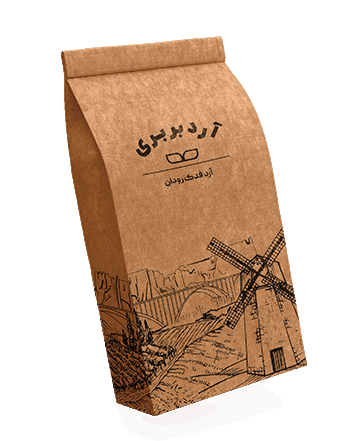Berber flour is used to produce Berber bread. This flour is produced from most of the endosperm (kernel) and some wheat husk.
Berber bread is larger than other traditional breads, and the dough made from this flour needs a longer rest and fermentation.
It needs strong flour with gluten and high gluten index. According to the instructions of the food supervision department, it is enriched with permix of iron and folic acid at the rate of 200 grams per ton of flour.
| Analysis of Barbari flour | ||
| Property | Standard limits | Product analysis |
| humidity | Max 14.2% | 13.5-14 |
| Wet gluten | Min 25 | 28-29 |
| Gluten Index | ___ | 90-93 |
| Falling number | 250-400 | 350-380 |
| Starch damage | 16-21 | 17-20 |
| total ash | 0.801-0.950 | 0.850-0.930 |
| Unsolvent ashes in acid | Max 0.05 | 0.01-0.03 |
| PH | 5.6-6.5 | 6.0-6.2 |
| Acidity | Max2.4 | 1.8-2 |
| Protein | Min 11 | 12.20 |
| Total Count | Max 105 | 3.2×103 |
| mold and yeast | Max 5×103 | 1×102 |
| Granulation (micron) | ||
| ≤125 | Min 50 | 68.5% |
| ≥125 | Max 30 | 25.0% |
| ≥180 | Max18 | 5.5% |
| ≥500 | Max2 | ___ |

